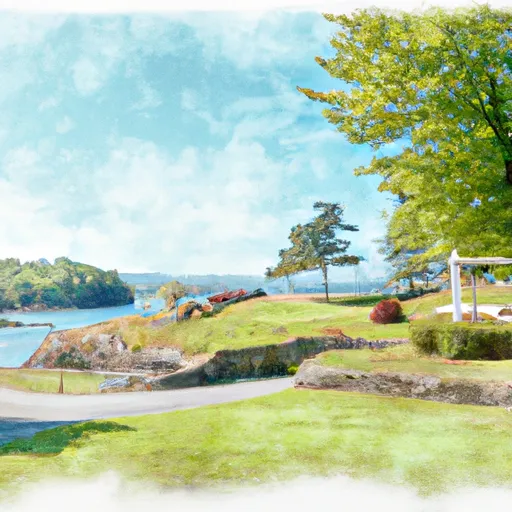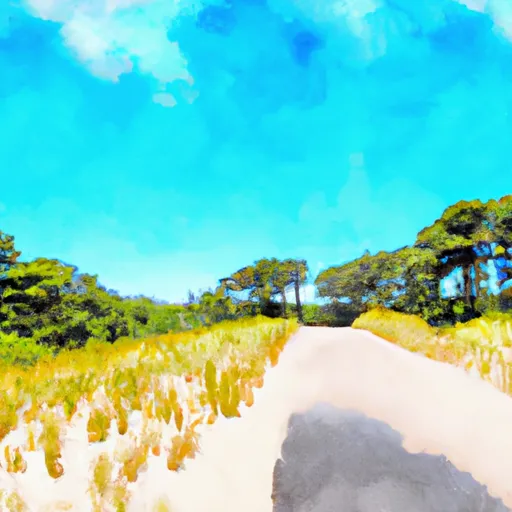Mississquoi National Wildlife Refuge
Rate this placeLast Updated: December 28, 2025
Missisquoi National Wildlife Refuge is located in the state of Vermont and is an ideal destination for nature lovers.
°F
°F
mph
Wind
%
Humidity
Summary
The refuge covers an area of 6,642 acres and is home to a variety of wildlife, including deer, moose, beavers, otters, and more than 200 species of birds. The refuge is open year-round and offers visitors a range of activities such as hiking, wildlife viewing, fishing, hunting, and boating.
One of the main attractions of the refuge is the Missisquoi Delta, which is located at the mouth of the Missisquoi River. The delta is an important habitat for migratory birds, and visitors can see a variety of waterfowl, such as ducks, geese, and swans. The refuge also features several hiking trails, including the Missisquoi Trail, which is a 4.2-mile loop trail that offers scenic views of the delta and the surrounding wetlands.
In addition to its natural beauty, the Missisquoi National Wildlife Refuge also has a rich history. The area was once inhabited by the Abenaki people, and visitors can learn about their culture and history at the refuge's visitor center. The refuge was established in 1943 to provide habitat for migratory birds and other wildlife and has since become an important site for conservation and research.
The best time to visit Missisquoi National Wildlife Refuge is during the spring and fall, when the migratory birds are passing through the area. During these times, visitors can see a variety of waterfowl and other birds, as well as enjoy the changing colors of the foliage. Summer is also a great time to visit, as the refuge offers a range of outdoor activities such as boating and fishing.
Overall, Missisquoi National Wildlife Refuge is a must-visit destination for nature enthusiasts and anyone interested in learning more about Vermont's natural and cultural history.
Weather Forecast
Park & Land Designation Reference
Large protected natural areas managed by the federal government to preserve significant landscapes, ecosystems, and cultural resources; recreation is allowed but conservation is the priority.
State Park
Public natural or recreational areas managed by a state government, typically smaller than national parks and focused on regional natural features, recreation, and education.
Local Park
Community-level parks managed by cities or counties, emphasizing recreation, playgrounds, sports, and green space close to populated areas.
Wilderness Area
The highest level of land protection in the U.S.; designated areas where nature is left essentially untouched, with no roads, structures, or motorized access permitted.
National Recreation Area
Areas set aside primarily for outdoor recreation (boating, hiking, fishing), often around reservoirs, rivers, or scenic landscapes; may allow more development.
National Conservation Area (BLM)
BLM-managed areas with special ecological, cultural, or scientific value; more protection than typical BLM land but less strict than Wilderness Areas.
State Forest
State-managed forests focused on habitat, watershed, recreation, and sustainable timber harvest.
National Forest
Federally managed lands focused on multiple use—recreation, wildlife habitat, watershed protection, and resource extraction (like timber)—unlike the stricter protections of national parks.
Wilderness
A protected area set aside to conserve specific resources—such as wildlife, habitats, or scientific features—with regulations varying widely depending on the managing agency and purpose.
Bureau of Land Management (BLM) Land
Vast federal lands managed for mixed use—recreation, grazing, mining, conservation—with fewer restrictions than national parks or forests.
Related References

 North Hero State Park
North Hero State Park
 Alburg Dunes State Park
Alburg Dunes State Park
 St. Albans Bay Park
St. Albans Bay Park
 Woods Island State Park
Woods Island State Park
 Knight Island State Park
Knight Island State Park